Staff Feature – Restoration Opportunities Planning Team
March 7, 2022
Restoration opportunities planning and prioritization is the foundation upon which TRCA’s restoration programs have been built, making us one of the largest restoration organizations in Canada, restoring more than 130 hectares of habitat per year. In 2021, significant natural cover and habitat gains were achieved.
Below is a summary of our 2021 deliverables:
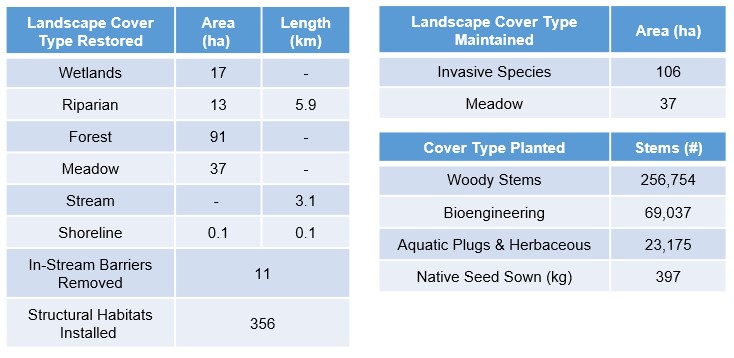
Proactive planning is critical to securing stakeholder support and fostering new partnerships. Through the Restoration Opportunity Planning (ROP) process, we can clearly demonstrate a shared direction with partners and stakeholders to contribute to their own greening targets and deliverables.
ROP is a process using desktop and field assessment techniques to identify ecosystem impairments and prioritize real restoration opportunities across our jurisdiction. Restoration opportunities are identified by our experienced and trained restoration staff. The ROP is used to prioritize individual opportunities and quickly develop detailed restoration plans to be implemented as part of our core restoration programs or developed for partnership initiatives.
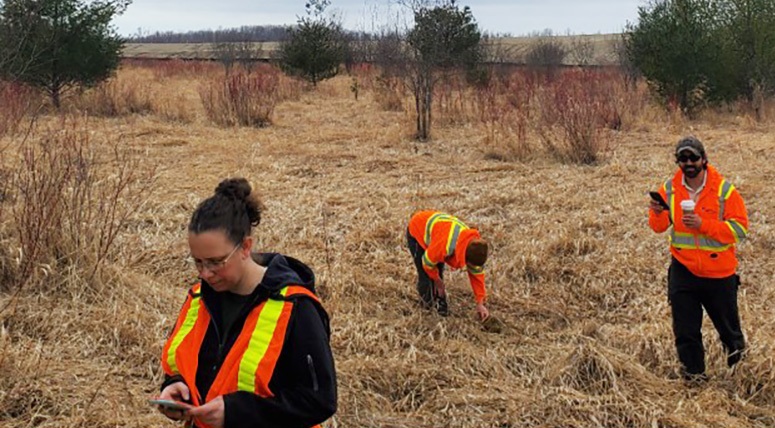
ROP Team and Senior Project Manager in the field
Restoration opportunities and site details are input into the Restoration Opportunities Database (ROD). The ROD is presented in both a GIS and SQL database formats. The ROD can be used for individual projects and reach-based restoration planning. In total the ROD contains over 12,000 individual restoration opportunities (wetland, riparian, forest, meadow, shoreline, and stream).
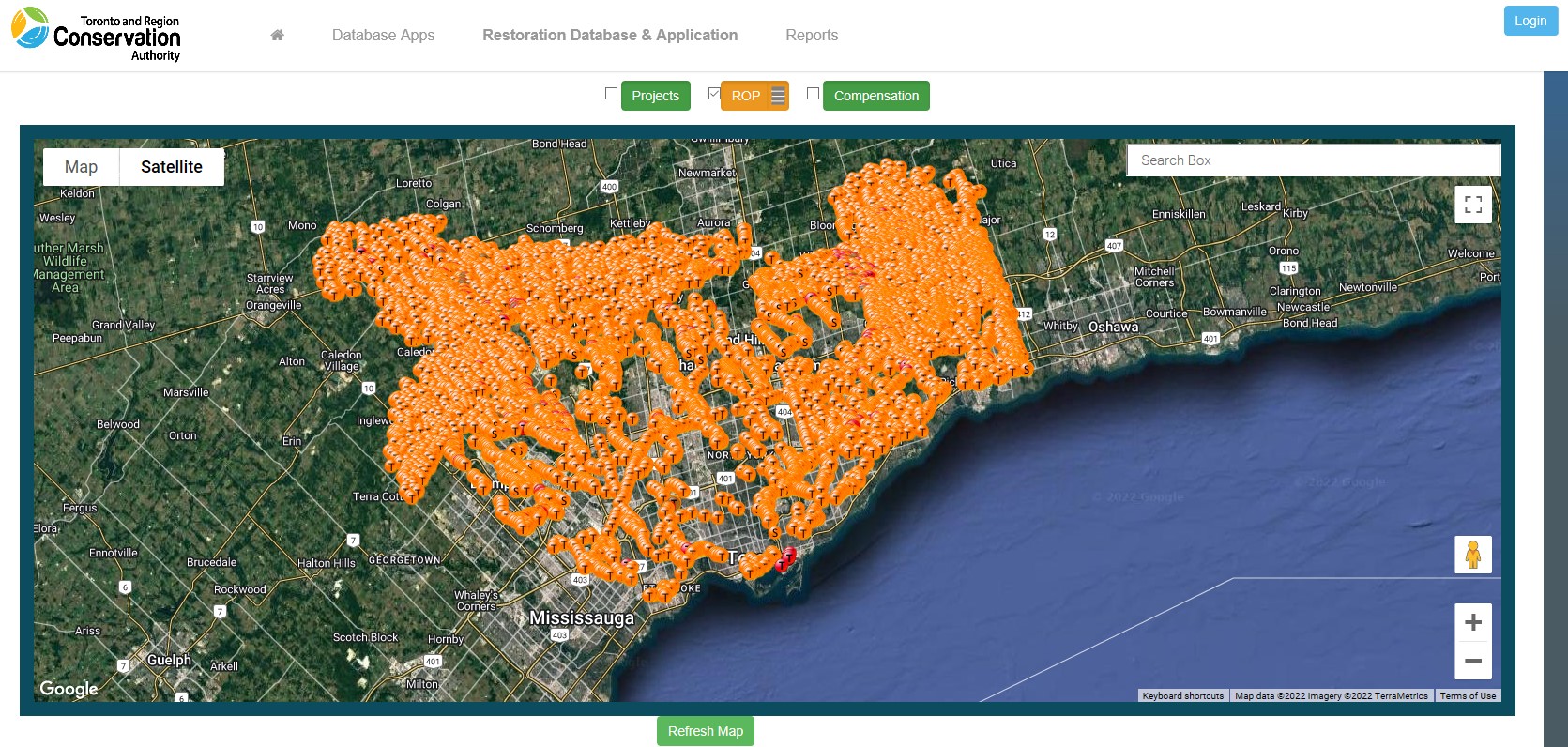
Restoration Opportunities Database (SQL)
The ROP process fits seamlessly within our Integrated Restoration Prioritization (IRP) framework. The IRP identifies highly impaired areas that would most benefit the natural system if restored. Implementing multiple priority restoration opportunities within high priority IRP areas is the best way to see measurable improvements to ecosystem function.
The work that has been completed to date has supported a variety of existing restoration programs and new partnerships (particularly municipal). The ROP team has supported the growth of restoration planning through variety of outputs which include:
- Site selection for implementing capital projects
- Strategic restoration planning for municipal partners and other stakeholders
- Site selection for compensation planning where off-setting natural feature losses is required
- Integrating habitat or natural cover components into other projects such as trails, stormwater management, large scale erosion control, etc.
- Securing grant applications or fee-for-service agreements for priority opportunities with no funding
- Contributing restoration priorities to inform regional planning documents such as the Watershed Plan Updates, Lands Acquisition Strategy and Greening Strategies
It takes a significant team effort to collect and quality-control such a massive amount of data. Within Restoration and Resource Management, we have a dedicated team who contribute to the ROP process. ROP staff work closely with the BIDA team to use ArcMap, ArcGIS Collector and database software to maximize quality control during data collection and output mapping. Collaboration is key to their work. The ROP teams collaborate with other internal groups and external partners to ensure there are no conflicts to what is being proposed. The ROP team also look for ways to integrate restoration opportunities with other activities to maximize habitat and natural cover benefits.
In 2021, the ROP team completed several exciting new projects which include:
- Annandale Restoration Concept Plan in Ajax
- Toronto Ravine Priority Investment Area future restoration planning
- Concept plan development for the new Albion Hills Conservation Park land acquisition
- Restoration reach planning for the Markham Future Urban Area (in Draft)
- Metrolinx Partnership Projects regarding Voluntary Compensation Planning and Species at Risk offsetting
- Restoration Opportunities Planning for the Carruthers Creek and Etobicoke Watershed Strategies updates
- Seaton Lands restoration planning
- Long term restoration planning in Rouge National Urban Park
We would like to thank the ROP team for their dedication to restoration planning. Their contributions to this effort, and the impact it is having on how we restore impaired natural features, is significant.
We look forward to continued growth in restoration planning. Great work everyone!
The ROP team consists of:

Patrick Esson, Senior Project Manager

Andrew Ramesbottom, Senior Project Manager

Thomas Sciscione, Project Manager

Mary Anne Young, Project Manager
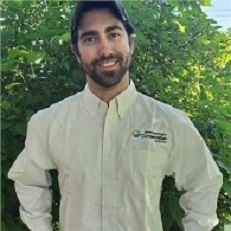
Darren Bennet, Environmental Tech

Luke Hlavenka, Assistant Environmental Technician
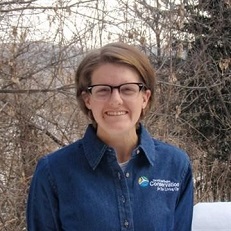
Kendall Vanderlip, Coordinator

Colleen Gibson, GIS Technician